Nervous System (IB Biology SL - C2.2)
1/20
There's no tags or description
Looks like no tags are added yet.
Name | Mastery | Learn | Test | Matching | Spaced |
|---|
No study sessions yet.
21 Terms
axon
the long, narrow body of a neuron
myelin sheath
a fatty white, insulating substance surrounding the axon of some nerve cells, produced by glial cells
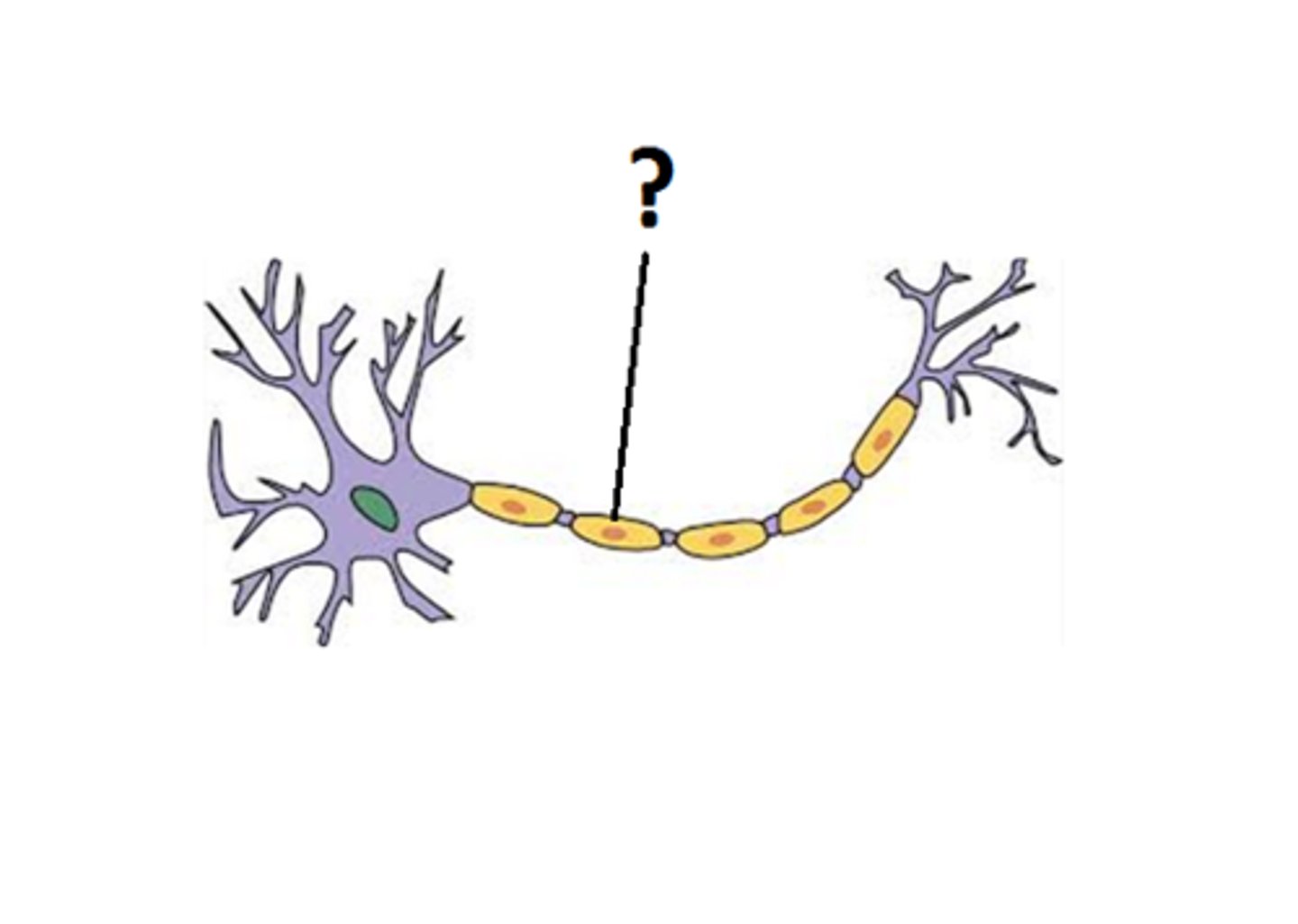
nodes of Ranvier
gaps in the myelin sheath; allows for saltatory conduction
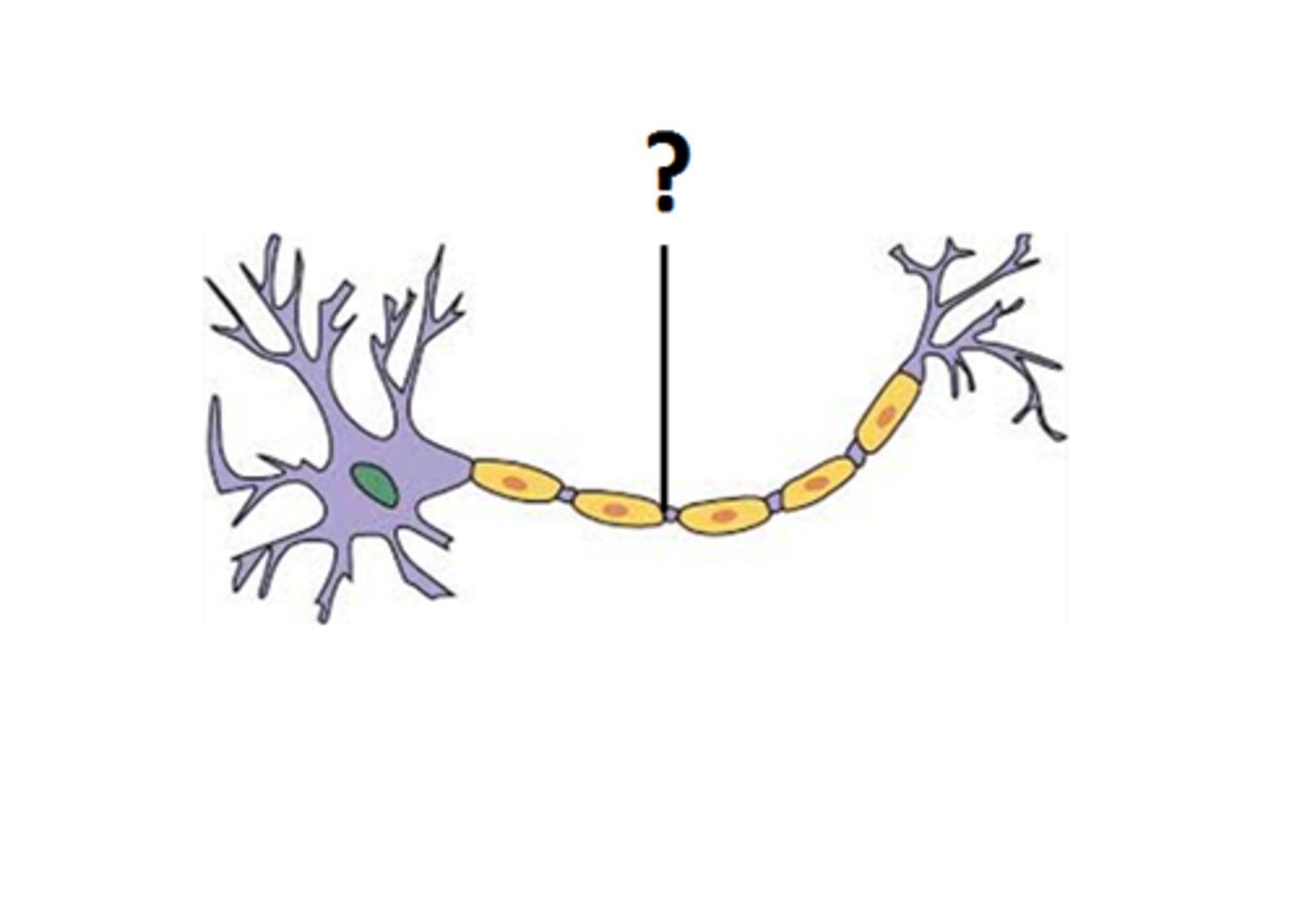
synaptic cleft
the space between adjacent neurons; between the axon terminus and neighbouring dendrite
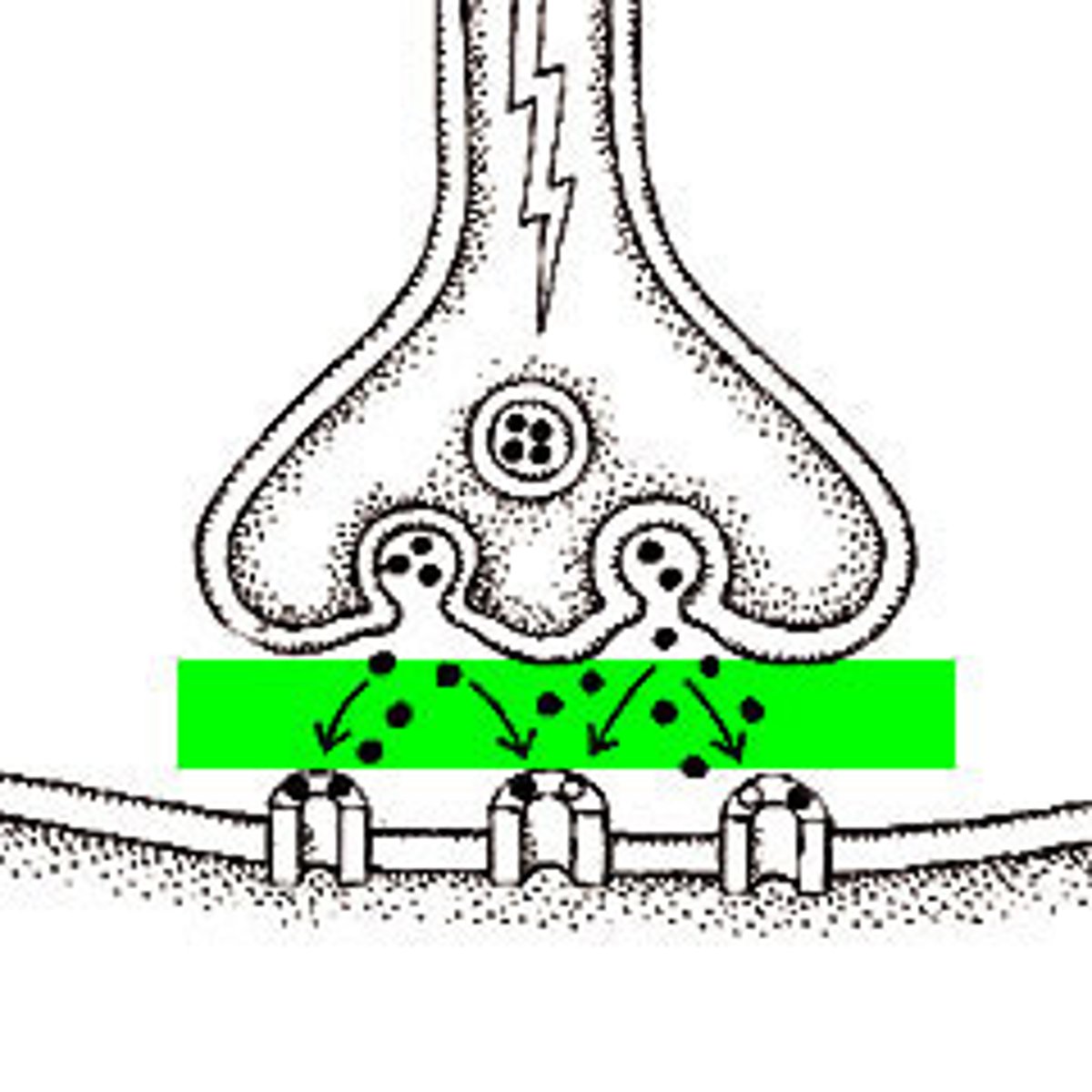
calcium (Ca)
ion responsible for triggering neurotransmitters to move toward the synaptic cleft
saltatory conduction
mode of impulse movement along a myelinated axon
sodium (Na)
ion that initiates the action potential
transporter proteins
membrane channels on the axon terminus for the re-uptake of used neurotransmitters
potassium (K)
ion found at higher concentration inside the neuron at resting potential
threshold potential
the point of stable imbalance at which an action potential will be realized
oscilloscope trace
the graph use to show a neural impulse
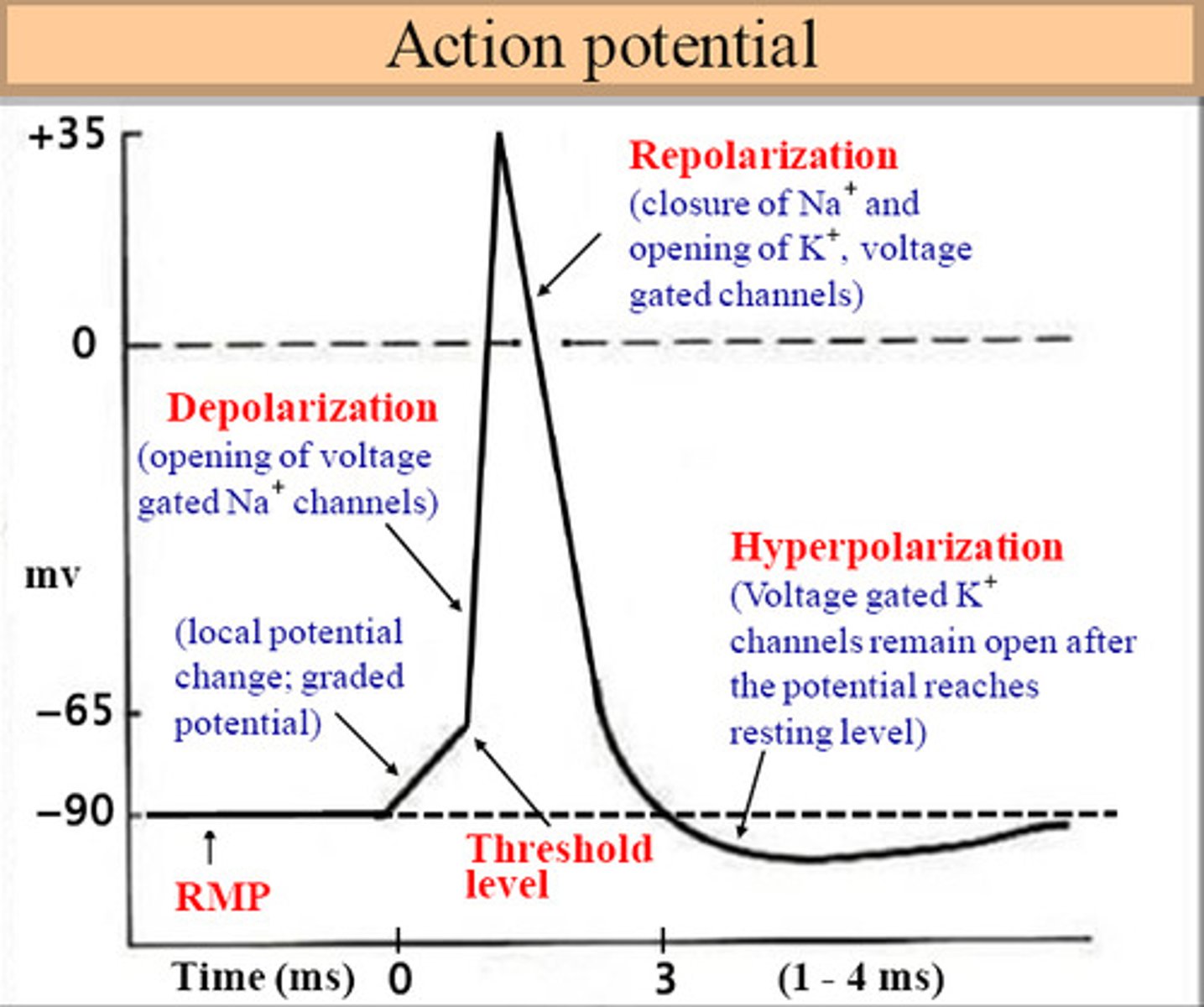
resting potential
the state with a ionic reading of -70mV (in humans)
action potential
depolarization and repolarization
neurotransmitter
compounds released from the axon terminus into the synapse due to Ca+ entering the cell
acetylcholine
common neurotransmitter used to signal muscle movement
acetylcholinesterase
enzyme in the synaptic cleft that eliminated acetylcholine
receptor proteins
molecular structures on the dendrites that receive neurotransmitters
dendrite
branched extensions from the soma of a neuron
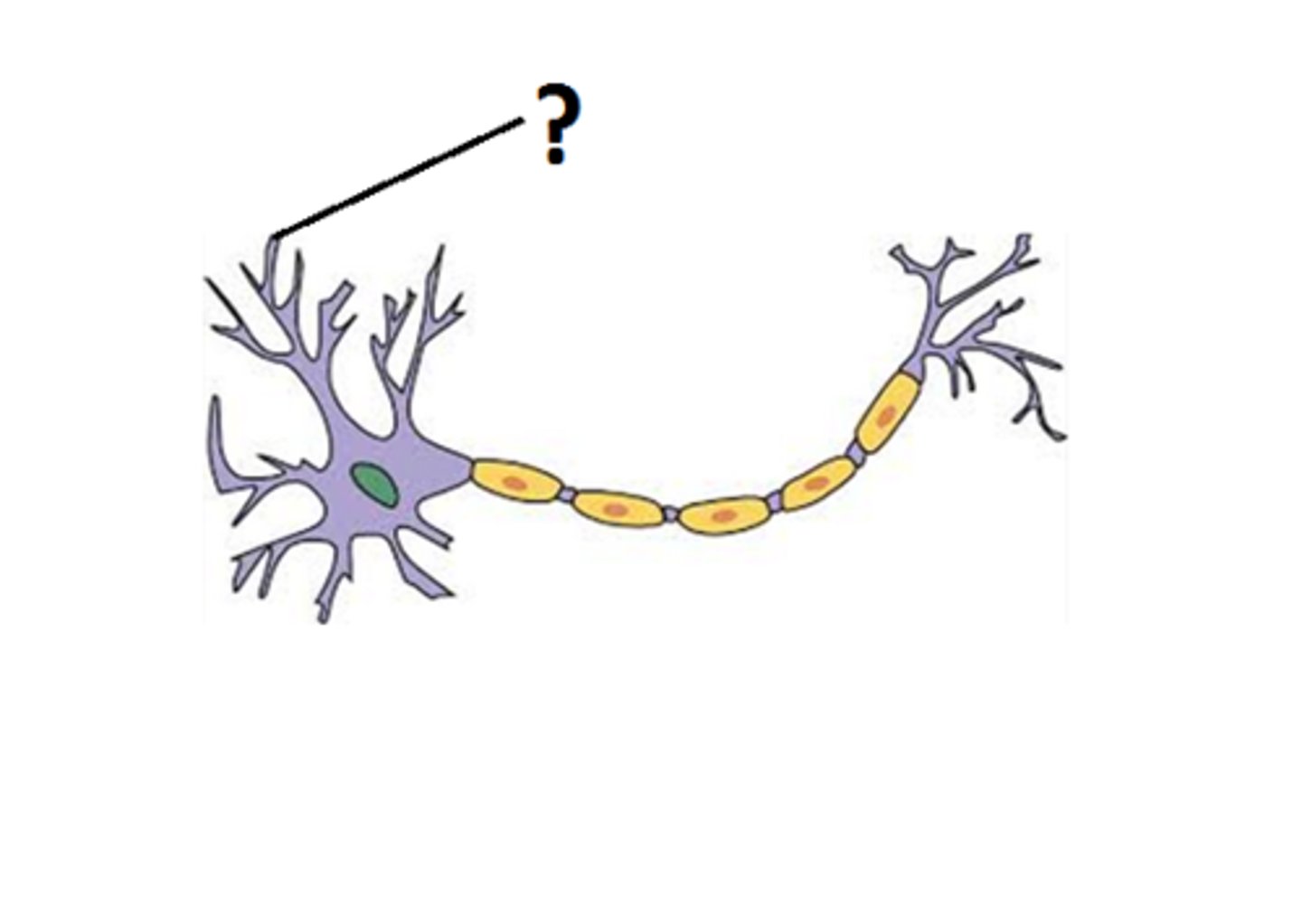
neonicotinoids
chemicals that mimic the acetylcholine neurotransmitter and are highly neurotoxic to insects, leading to paralysis and death
depolarization
beginning of the action potential when Na+ enter the axon through Na+ channels, followed by K+ leaving the axon via K+ channels
repolarization
second part of the action potential, caused by reentry of K+ into the cell while Na+ exits the cell.